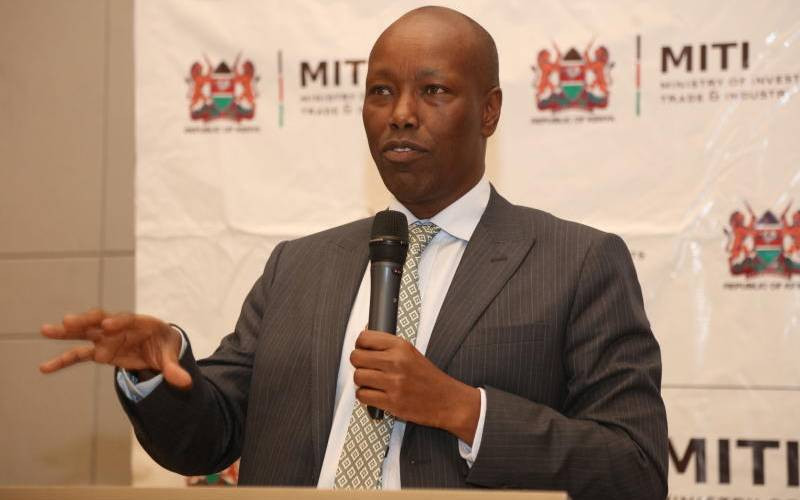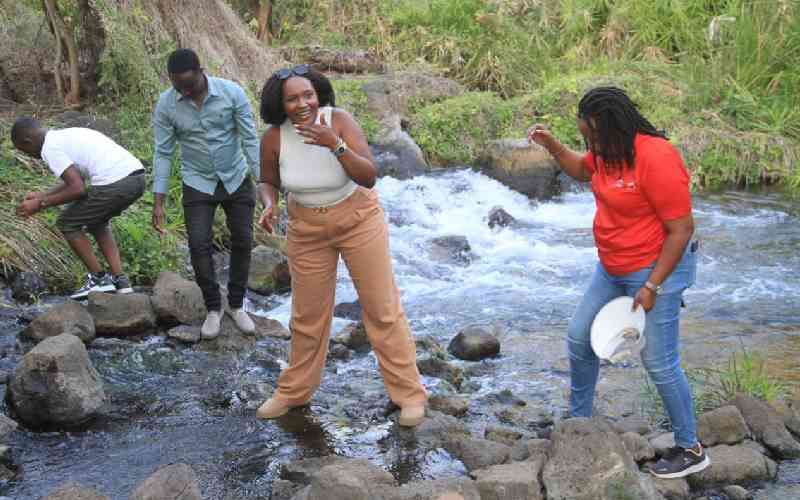×
The Standard e-Paper
Truth Without Fear
The Tiriki are one of the Luhya sub-tribes that reside east of Vihiga County in Hamisi Constituency at the border of Nandi County.
It is believed that the Tiriki lived in Asembo on the shores of Lake Victoria. As the Luo came into the area, they pushed out the Tiriki to present-day Maseno. One group under Wanga moved west to Matungu and formed the Wanga kingdom as others moved east and became Tirikis.







